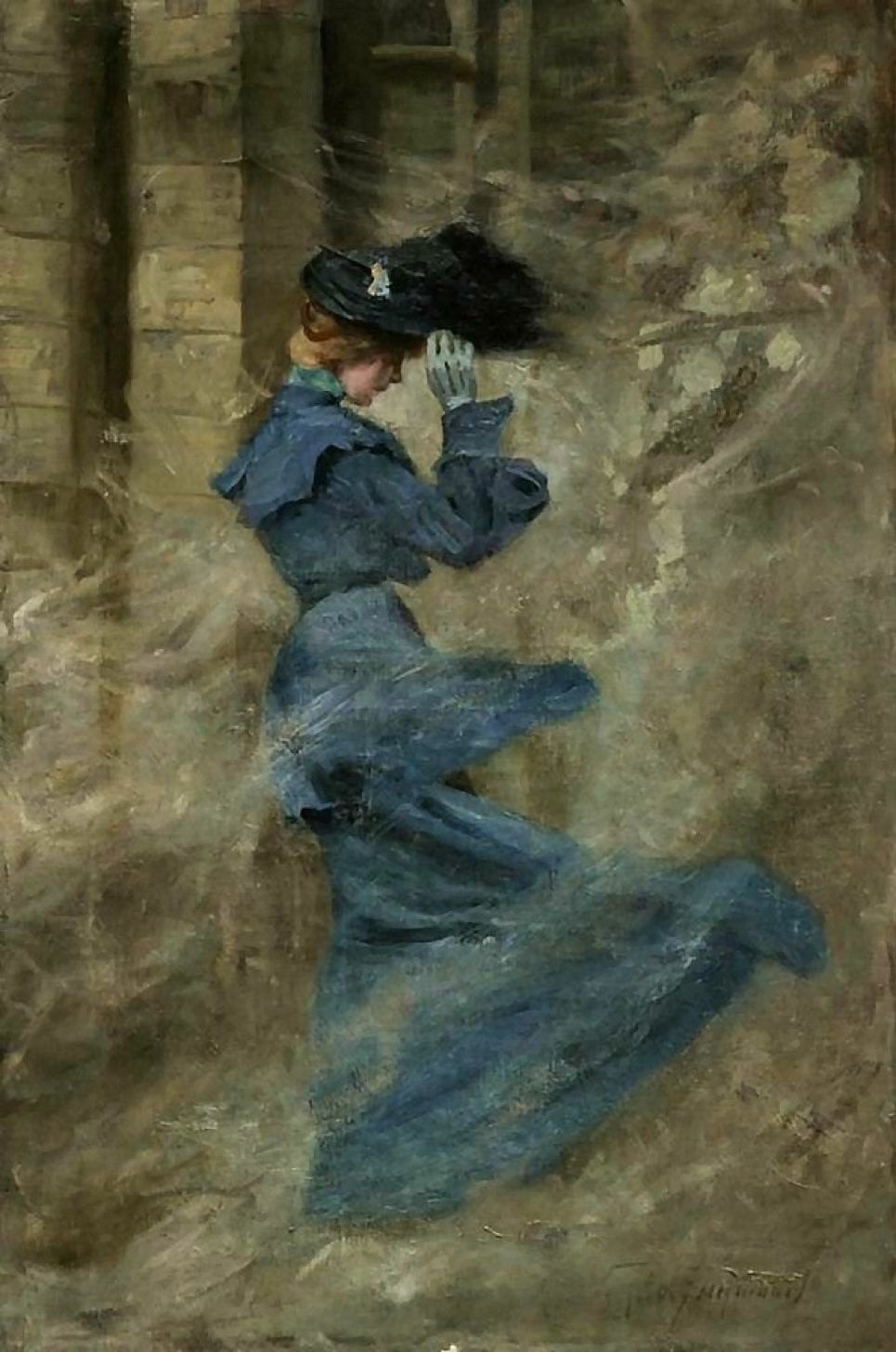Hungarian Rhapsody No. 2 in C-sharp minor, S.244/2, is the second in a set of 19 Hungarian Rhapsodies by composer Franz Liszt, published in 1851, and is by far the most famous of the set.
The Hungarian-born composer and pianist Franz Liszt was strongly influenced by the music heard in his youth, particularly Hungarian folk music, with its unique gypsy scale, rhythmic spontaneity and direct, seductive expression.
These elements would eventually play a significant role in Liszt's compositions.
Josef Nikolaus Kriehuber | Portrait of Franz Liszt, 1846








